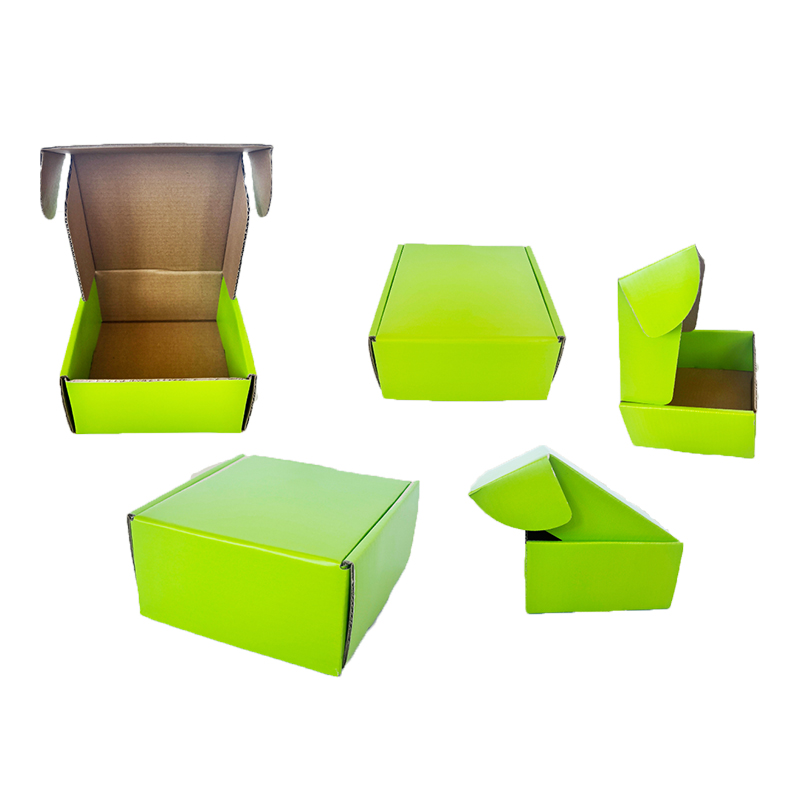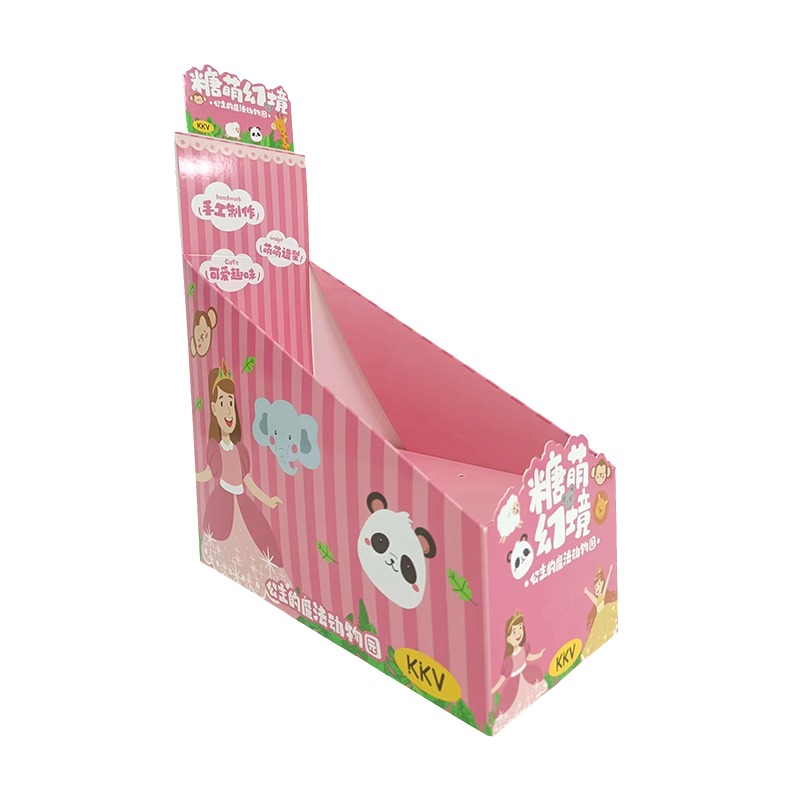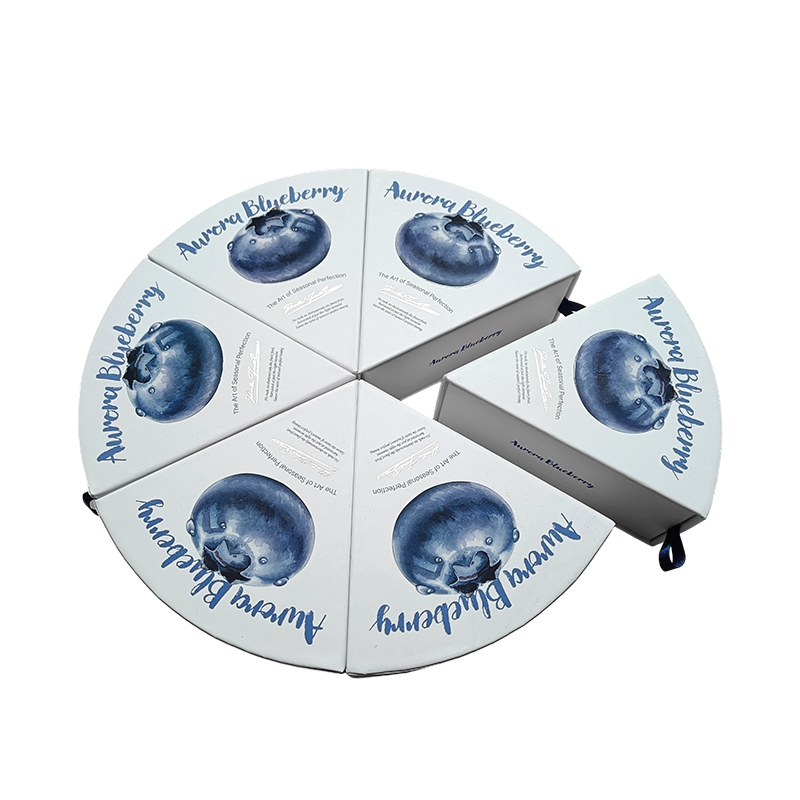In the competitive retail landscape, PDQ display boxes serve as powerful marketing tools at the point of sale. However, their journey from manufacturer to store shelf is fraught with potential hazards that can compromise their structural integrity and visual appeal. Effective transportation and packaging of these displays require meticulous planning and execution to ensure they arrive in pristine condition, ready to captivate consumers. This comprehensive guide explores the essential precautions for protecting your custom PDQ packaging boxes throughout the logistics chain, preserving their quality and maximizing your retail impact.
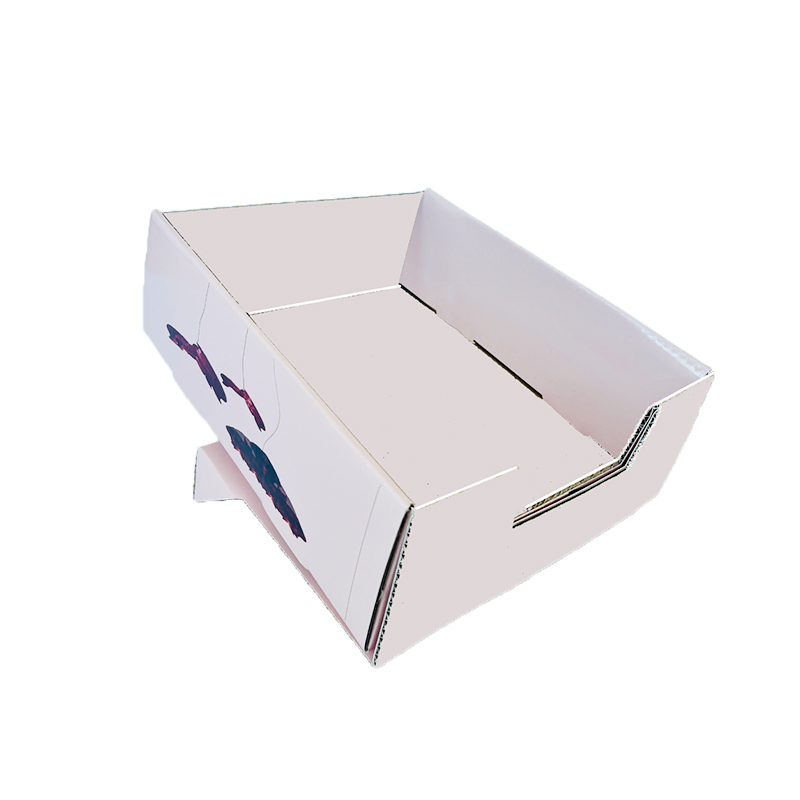
PDQ Quick-Pack Environmentally Friendly Packaging Paper Box, Folding Gift Box
Pre-Transportation Inspection and Quality Control
Before any PDQ display boxes leave the manufacturing facility, a rigorous inspection process must be implemented to identify and address potential weaknesses. This proactive approach significantly reduces the risk of damage during transit by ensuring only structurally sound units enter the supply chain. Quality control at this stage serves as the first line of defense against transportation-related failures.
- Structural Integrity Check: Thoroughly examine each box for proper glue adhesion, secure tab connections, and overall construction stability to prevent collapse during stacking.
- Print Quality Verification: Inspect surface treatments and graphics for any pre-existing imperfections that could worsen during handling, ensuring your high-quality PDQ boxes maintain their visual standards.
- Material Strength Assessment: Confirm that corrugated board thickness and composition align with weight-bearing requirements for your specific display configuration and products.
- Dimensional Accuracy: Verify that all boxes meet precise specifications to ensure proper fitting in transportation containers and retail spaces.
Strategic Packaging for Transportation Protection
The packaging methodology employed for transporting PDQ display boxes must create a protective buffer against the rigors of logistics operations. This involves selecting appropriate materials and configurations that shield displays from compression, impact, and environmental factors. Proper packaging not only preserves physical integrity but also protects the significant investment in custom printed PDQ boxes.
- Palletization Techniques: Utilize sturdy pallets as a foundation, arranging boxes in interlocking patterns to create stable, unified loads that resist shifting during movement.
- Corner Board and Edge Protection: Install protective angles on all pallet edges to safeguard against impact damage from forklifts, strapping, and adjacent cargo.
- Strategic Void Fill: Employ appropriate dunnage materials to eliminate empty spaces within shipping containers that allow for damaging movement during transit.
- Moisture Barrier Implementation: Incorporate water-resistant wraps or coatings when shipping through humid environments or via ocean freight to prevent structural weakening.
Comparative Packaging Material Analysis
Selecting the right protective materials is crucial for ensuring your PDQ display boxes arrive undamaged. The following table compares common packaging solutions to help determine the most appropriate approach for different shipping scenarios.
| Material Type |
Best Application |
Protection Level |
Cost Efficiency |
| Air Bubble Wrap |
Fragile surfaces, light to medium weight |
High impact absorption |
Moderate, good for valuable displays |
| Foam Sheets |
Printed surfaces, high-gloss finishes |
Excellent scratch prevention |
Higher, ideal for premium finishes |
| Kraft Paper Dividers |
Multiple boxes in single carton |
Good surface protection |
Very cost-effective for standard boxes |
| Corrugated Inserts |
Heavy displays, irregular shapes |
Superior structural support |
Moderate, custom fabrication needed |
Loading and Securement Best Practices
Proper loading techniques are critical for maintaining the integrity of PDQ display boxes during transportation. How displays are positioned and secured within shipping containers directly influences their ability to withstand the stresses of movement, vibration, and potential impacts. Implementing correct loading protocols ensures your retail PDQ displays remain presentation-ready upon arrival.
- Weight Distribution Principles: Position heavier boxes at the bottom and center of pallets to create a stable base, preventing top-heavy configurations that risk toppling.
- Vertical Stacking Limitations: Adhere to manufacturer-recommended maximum stack heights to avoid compression damage to bottom layers, particularly important for economical PDQ boxes with specific load ratings.
- Strategic Orientation: Load boxes with their strongest dimension vertical to maximize compression strength, typically with flutes running vertically for optimal support.
- Interlocking Patterns: Arrange boxes in brick-like formations rather than direct vertical columns to create more stable loads that distribute pressure evenly.
Environmental Protection During Transit
PDQ display boxes encounter various environmental challenges during transportation that can compromise their quality and appearance. Understanding and mitigating these risks through appropriate protective measures ensures your displays arrive in market-ready condition, regardless of shipping distance or method.
- Temperature Fluctuation Management: Use insulated packaging or climate-controlled transportation when shipping through extreme temperature zones to prevent adhesive failure or material warping.
- Humidity Control Measures: Incorporate desiccant packets or moisture-barrier bags when transporting through humid regions to prevent corrugated strength degradation.
- UV Light Protection: Utilize opaque wrapping materials when shipping via open-air transport or storage to prevent color fading from sun exposure.
- Ventilation Considerations: Ensure adequate air circulation within shipping containers to prevent condensation buildup that can weaken cardboard structures.
Environmental Risk Mitigation Strategies
Different shipping methods and routes present unique environmental challenges for PDQ display boxes. This table outlines common risks and corresponding protective measures to maintain display quality throughout the transportation process.
| Environmental Factor |
Potential Damage |
Protective Solution |
Implementation Cost |
| High Humidity |
Warping, weakened structure |
Desiccants, moisture barriers |
Low to moderate |
| Temperature Extremes |
Adhesive failure, material brittleness |
Climate-controlled transport |
High, for sensitive shipments |
| Compression Forces |
Crushing, deformation |
Stacking frames, load distribution |
Moderate, based on design |
| Vibration & Impact |
Surface scratches, structural fatigue |
Enhanced cushioning, securement |
Varies with material choice |
Unloading and Post-Transportation Handling
The careful handling of PDQ display boxes continues after reaching their destination. Proper unloading procedures and storage conditions before retail placement are essential final steps in preserving display quality. Rushing this phase can undo all previous protective measures, damaging your investment in custom PDQ packaging boxes.
- Graumatic Unloading Process: Remove strapping and stretch wrap carefully to avoid box damage, using appropriate tools rather than makeshift implements that can tear surfaces.
- Immediate Inspection Protocol: Conduct a systematic check of each pallet upon receipt to identify any transit damage for immediate claim processing with carriers.
- Proper Storage Conditions: Store displays in clean, dry environments with stable temperature and humidity levels until they're needed for retail placement.
- Horizontal Stacking Limitations: Avoid storing boxes flat for extended periods, as this can cause permanent deformation, particularly for larger displays.
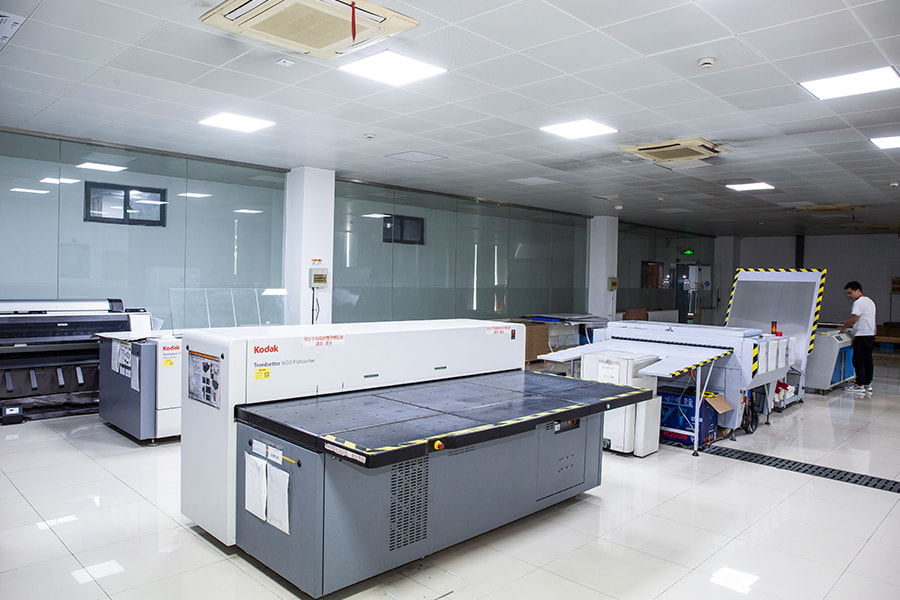
FAQ
What is the maximum recommended stack height for PDQ boxes during transportation?
The maximum safe stack height varies significantly based on box size, construction, and contents. Generally, for standard corrugated PDQ display boxes, a stack height of 4-5 feet is considered safe for most transportation scenarios. However, this should be verified with your manufacturer, as boxes designed for heavier products or specific retail environments may have different specifications. Manufacturers like Suzhou New Century Color Printing Co., Ltd. typically provide detailed stacking guidelines based on their specific construction methods and material specifications to ensure your displays arrive undamaged.
How can I protect high-gloss printed PDQ boxes from scratching during transit?
Protecting premium finishes requires specific packaging strategies. Use separator sheets between each custom printed PDQ boxes, ideally smooth kraft paper or anti-static plastic interleaving. Avoid loose fill materials that can abrasively shift during transit. For maximum protection, consider individual polybagging of high-value displays before cartoning. Additionally, ensure all packaging materials are clean and free of debris that could become embedded and cause surface damage during compression.
What shipping method is most suitable for international transport of PDQ displays?
For international shipments, containerization via ocean freight typically offers the best balance of cost and protection for PDQ display boxes, provided proper moisture barriers and securement are implemented. Air freight, while faster, involves more handling transitions and pressure changes that can affect box integrity. When choosing a method, consider the urgency, environmental exposure during transit, and the specific vulnerabilities of your display design. Working with a manufacturer experienced in international exports, such as Suzhou New Century Color Printing Co., Ltd., can provide valuable insights based on their extensive export certification and global shipping experience.
Are there special considerations for transporting PDQ boxes in hot or humid climates?
Yes, extreme climates present unique challenges. In hot conditions, adhesives can soften, potentially causing construction failures. In humid environments, corrugated board can absorb moisture, significantly reducing its compression strength. For these scenarios, specify humidity-resistant adhesives during manufacturing and use desiccant packs in shipping containers. Climate-controlled transportation may be necessary for premium high-quality PDQ boxes with sensitive finishes. Always allow boxes to acclimate to retail environment conditions before assembly to prevent subsequent warping or distortion.
What information should I provide to my manufacturer to ensure transport-ready packaging?
To obtain optimal transportation packaging, provide your manufacturer with complete details including: destination distance and transportation method (truck, sea, air), expected handling intensity, storage conditions at destination, value and fragility of the displays, and any special retail requirements for immediate presentation. Reputable manufacturers like Suzhou New Century Color Printing Co., Ltd. with comprehensive quality management systems can then engineer packaging solutions that address these specific logistical challenges, ensuring your displays receive appropriate protection throughout the supply chain.


 Français
Français Español
Español عربى
عربى

